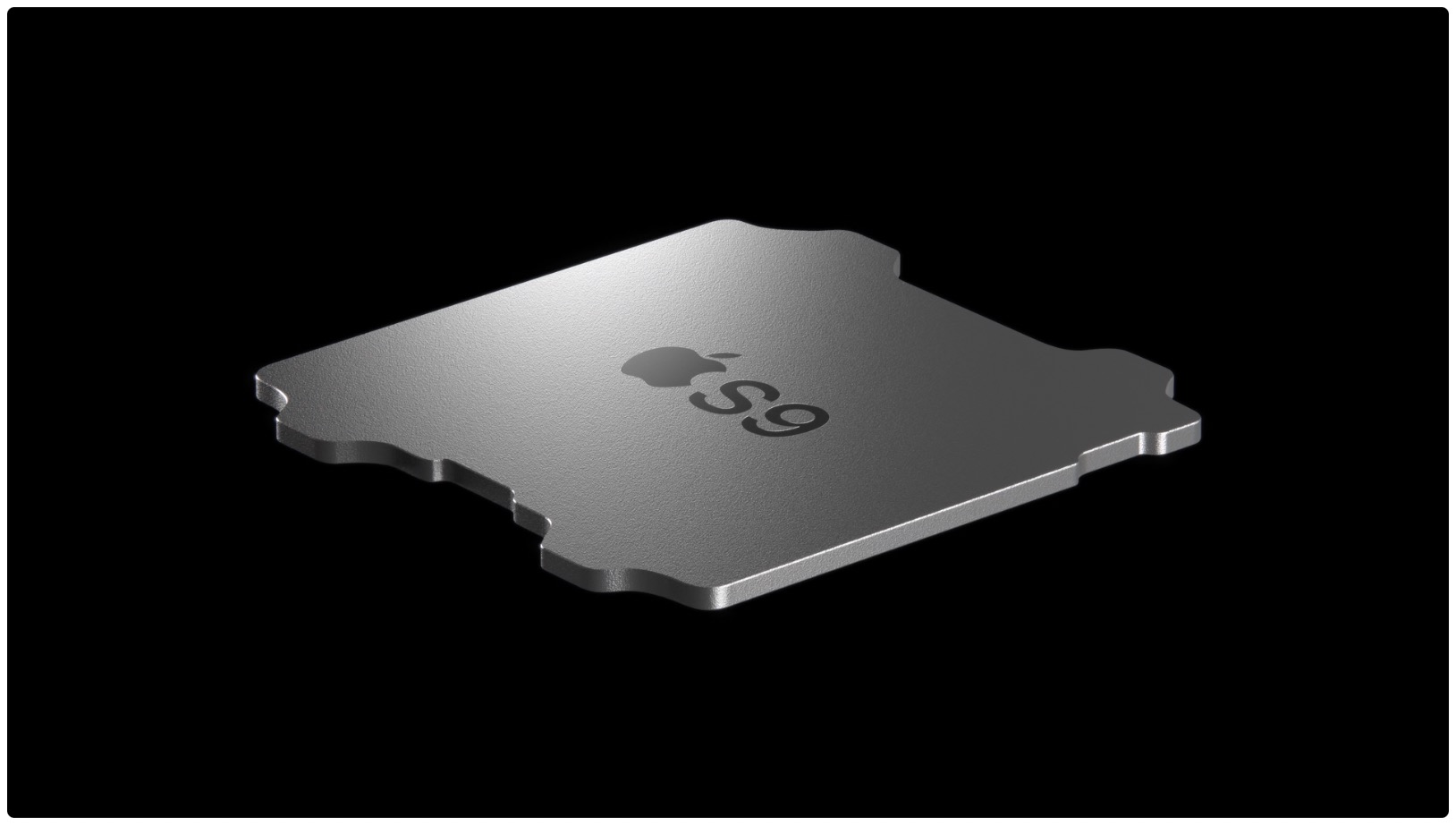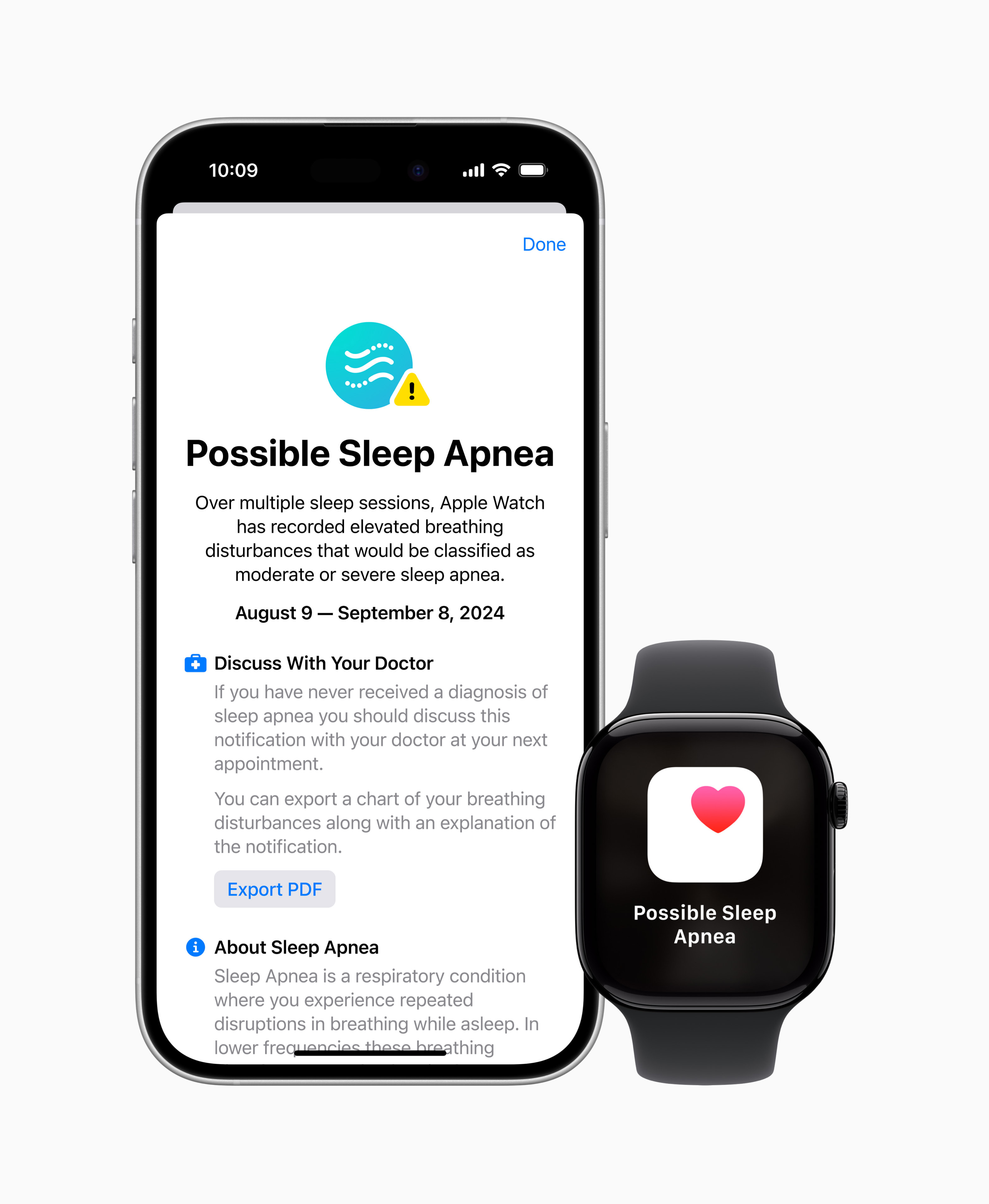The FDA just cleared Apple’s new sleep apnea detection in watchOS 11, but it doesn’t work on the first Apple Watch Ultra

Even though watchOS 11 works on Apple Watch Series 6 and newer, sleep apnea detection doesn’t work on the first Apple Watch Ultra model.
![]()
Sleep apnea detection in watchOS 11 just received clearance from the U.S. Food and Drug Administration, but it doesn’t work on the original Apple Watch Ultra.
The feature is only available on this year’s Apple Watch Series 10 and Apple Watch Ultra 2, plus last year’s Apple Watch Series 9. You may wonder why that is because it only uses the gyroscope sensor. The short answer is the Neural Engine.
How your Apple Watch detects sleep apnea
Sleep apnea detection uses a machine learning algorithm to analyze data collected from the onboard gyroscope sensor in your Apple Watch while you were asleep. Now, machine learning and artificial intelligence are some of the most computationally intensive tasks that often run on dedicated hardware to avoid burdening the CPU and hitting the battery hard. Apple silicon provides a neural processing unit dedicated to these tasks, called the Neural Engine.
The first Apple Watch Ultra uses Apple’s S8 chip with a two-core Neural Engine. But it apparently doesn’t have enough capacity to run the sleep apnea model reliably. However, the S9 and S10 chips in the Apple Watch Series 10, Series 9 and Ultra 2 integrate a new four-core Neural Engine.
Not only does it have the oomph to run the sleep apnea model but also features like the double-tap gesture, on-device Siri and dictation, automatic workout detection and crash and fall detection, including the latest features in watchOS 11 like Smart Stack intelligence, the redesigned Photos face and the new Translate app.
watchOS 11 brings the new sleep apnea notification
Sleep apnea, a condition where your breathing temporarily stops during sleep, affects more than a billion people and is mostly undiagnosed. Sleep apnea can lead to an increased risk of hypertension, Type 2 diabetes and cardiac issues.

To help detect potential sleep apnea, the accelerometer sensor in your Apple Watch picks up small movements at the wrist that Apple says are associated with interruptions in normal respiratory patterns. There’s even a new metric in the Health app for this, dubbed Breathing Disturbances.
The algorithm analyzes breathing disturbance data in search of patterns that could indicate sleep apnea, in which case the user is notified on their wrist. “The sleep apnea notification algorithm was developed using advanced machine learning and an extensive data set of clinical-grade sleep apnea tests,” Apple explains.
Some of these disturbances are normal, but tracking them is important to help understand restfulness of sleep and, especially if occurring frequently over multiple nights, which may be associated with sleep apnea,” reads Apple’s press release.
How to view breathing disturbance data in the Health app
You can view your nightly Breathing Disturbances readings in the Health app, classified as Elevated or Not Elevated. You can view your breathing disturbances in the past month, six months or twelve months.
To get to this section, select the Browse tab in the Health app, type “breathing disturbance” in the search field and choose the top result. You can then browse, add or remove individual entries by selecting Show All Data or About > Instructions for Use to open helpful resources about sleep apnea detection and the sleep apnea notification feature.
Source link: https://www.idownloadblog.com/2024/09/16/apple-watch-sleep-apnea-detection-fda-clearance-hardware-requirements/



Leave a Reply